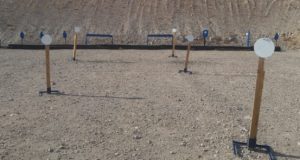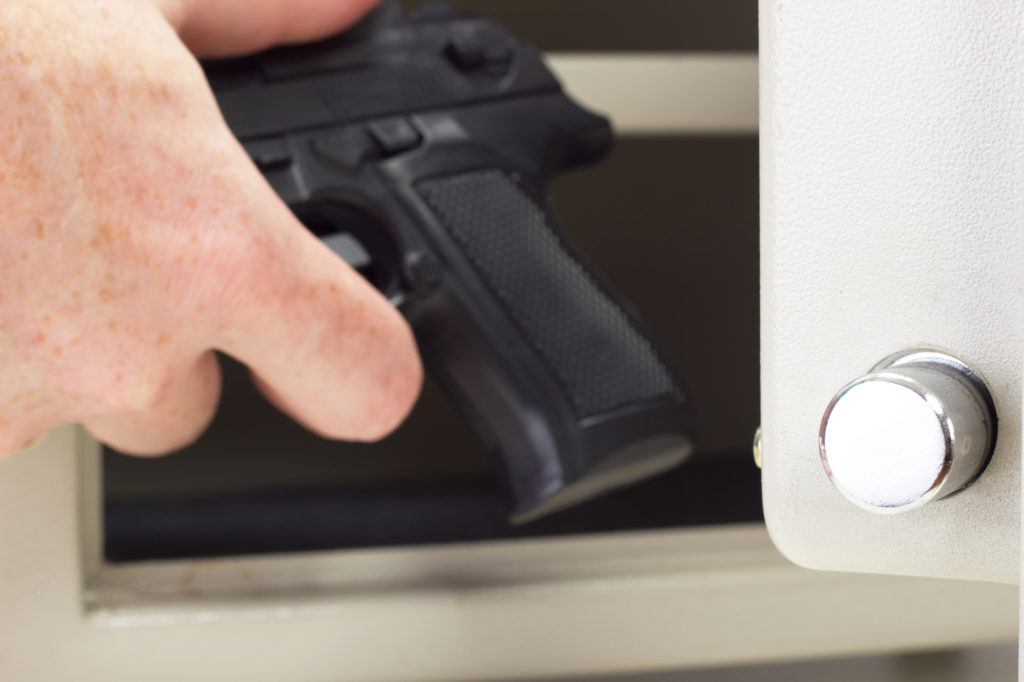Most people who carry a firearm for defense understand that merely taking a class is not enough to adequately prepare ourselves for an emergency. We each need to invest time on a regular basis to keep our skills sharp. This is vital, not only to maintain or improve our ability to defend ourselves, but also to avoid becoming a hazard to others!
Unfortunately, investing time for training too often is reduced to simply visiting a local range, standing at the end of a lane and carefully perforating a large sheet of paper gently hanging 5, 10, or 15 yards away. I’m sure many people who do this regularly get pretty good at poking holes in paper. But do any of us really believe that this translates into a viable defensive capability?
Usually, we end up choosing the triviality of square range training because of convenience. As a rule these ranges do not allow drawing from a holster, movement while shooting, or transitioning between different targets. Indoor square ranges do fill a need in our busy lives, but we should be aware of these limitations and take steps to minimize their damage to our defensive capabilities.
One of the best ways to break out of the square range mold is to dry fire practice at home. Dry fire has limitations as well, but there is no better way to encode proper shooting form into muscle memory than dry practice. Proper shooting form includes things such as the draw, the trigger press, and the scan and assess. This type of practice is possible – and worthwhile – regardless of the availability of facilities that allow more advanced live fire drills.
Whenever possible, seize the opportunity to train at a facility that does allow drawing from holsters, movement, and 180 degrees of fire. Perhaps this is only possible when done in conjunction with a course supervised by a shooting instructor. However, if your training is confined to the square range try to keep these tips in mind:
Have a friend load dummy ammunition in your magazines. This way, you won’t know when, or if, a shot will simulate a failure to fire and provoke an immediate malfunction drill. If you are flying solo, load several magazines with a dummy loaded at random positions, and then shuffle your mags around so you will be less likely to predict which shot will be the dead round.
When you shoot at the target, visualize yourself in a defensive situation, and shoot strings of fire of differing lengths. One of the worst habits to get into is training our brains to always fire two shots to the chest. In the real world, two shots may not be enough… train to shoot until the threat has stopped.
Don’t over-choreograph your training. Obviously, you should arrive at the range with a plan, but don’t plan so meticulously that every drill is carefully scheduled and every string of fire is two shots. If you do, then you may as well be choreographing a dance routine – much like a competition shooter competing in a given, known stage.
Ultimately, your training should NOT prepare you for competition shooting. Competition is a fine skill but has limited application to real world emergencies. Choreographing your response ahead of time will not be possible in a real world defensive situation. Training to effectively increase our defensive capability should engage the brain more than the body.


